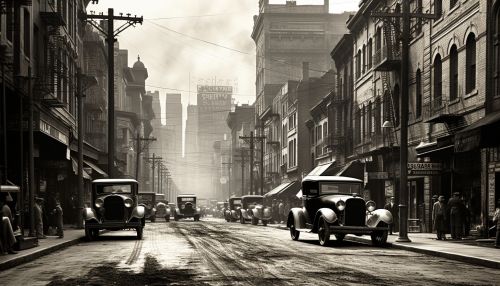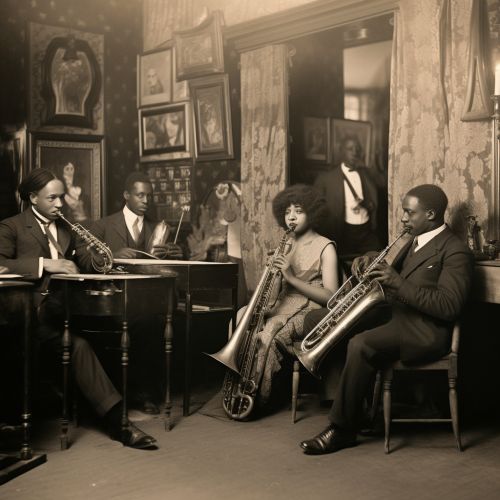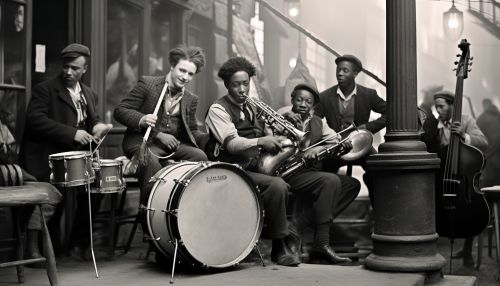Interwar period
Overview
The Interwar period was a phase in the 20th-century history that spanned from the end of the World War I in 1918 to the beginning of the World War II in 1939. Despite the relatively short duration, the period was marked by significant shifts in political, economic, social, and cultural aspects globally.
Political Developments
The interwar period saw the rise and fall of several political ideologies and systems. The end of World War I led to the dissolution of many empires, including the Ottoman Empire, the German Empire, the Austro-Hungarian Empire, and the Russian Empire. This gave rise to new nations and political entities, often through violent struggles and conflicts.


Democracy and the League of Nations
The interwar period saw the spread of democracy in many parts of the world. The League of Nations, established in 1920, aimed to promote peace and cooperation among nations. However, the League's inability to prevent conflicts and its perceived favoritism towards the Western powers led to its eventual failure and dissolution.
Rise of Totalitarian Regimes
The interwar period also witnessed the rise of totalitarian regimes, most notably in Italy, Germany, and the Soviet Union. The economic crises and social unrest created fertile ground for the rise of such regimes.
Economic Developments
The interwar period was marked by significant economic changes, including the Great Depression of the 1930s, which had profound effects on societies worldwide.


Post-War Economic Boom and Bust
The immediate post-war years saw an economic boom in many countries, fueled by the reconstruction efforts. However, this boom was followed by a severe economic downturn, culminating in the Great Depression.
The Great Depression
The Great Depression was a severe worldwide economic depression that took place during the 1930s. It was the longest, deepest, and most widespread depression of the 20th century.
Social and Cultural Developments
The interwar period was a time of significant social and cultural changes. The trauma of World War I, the economic hardships, and the political upheavals led to a sense of disillusionment and cynicism, which was reflected in the arts and literature of the time.


The Roaring Twenties
The 1920s, also known as the Roaring Twenties, was a decade of economic growth and widespread social change in the Western world. This period saw the spread of jazz music, the advent of the "flapper" culture, and the proliferation of new technologies such as radio and cinema.
The Age of Anxiety
The 1930s, often referred to as the Age of Anxiety, was marked by economic depression, political instability, and the looming threat of another world war. This period saw the rise of existentialism and other philosophical movements that reflected the sense of uncertainty and disillusionment.
